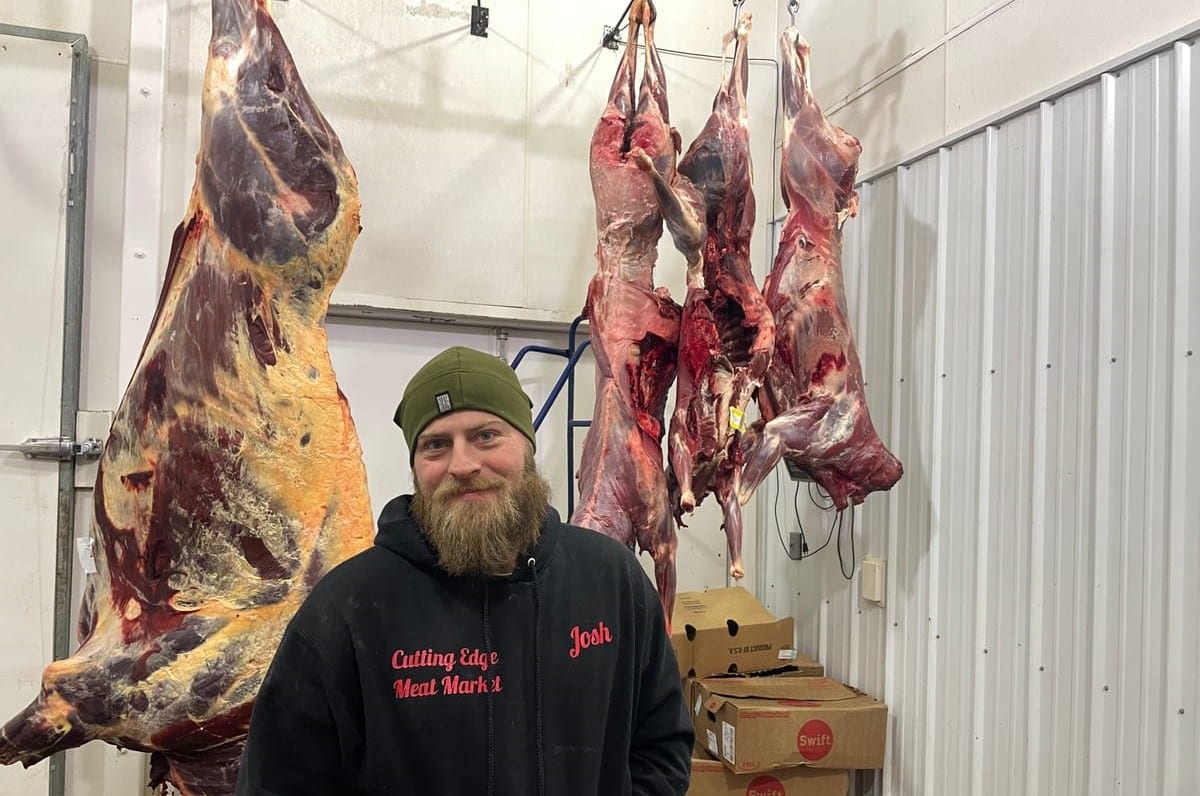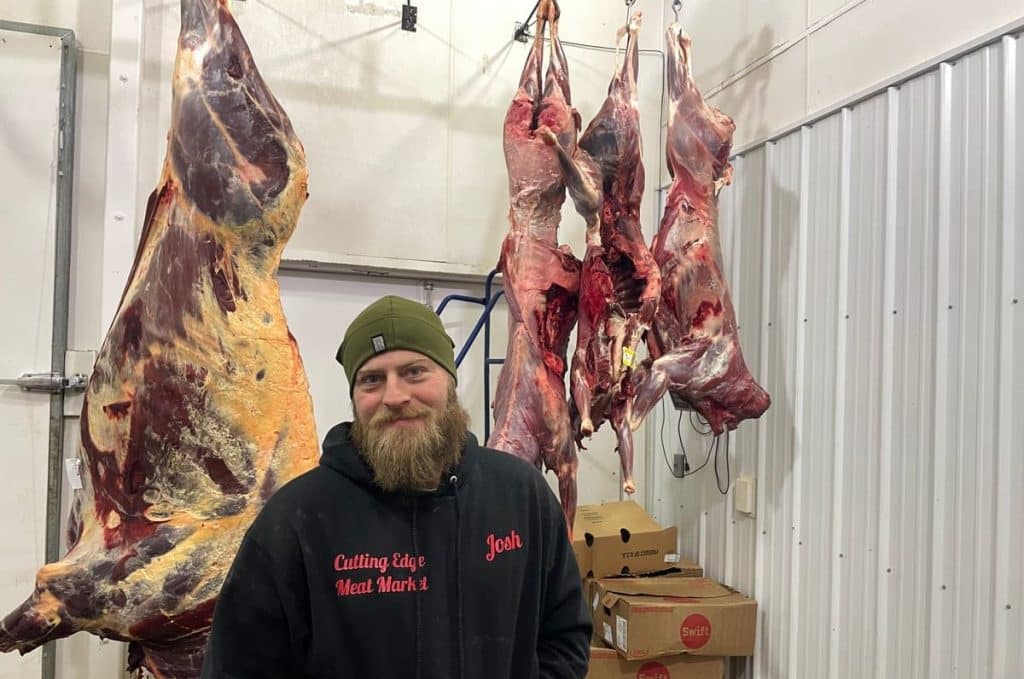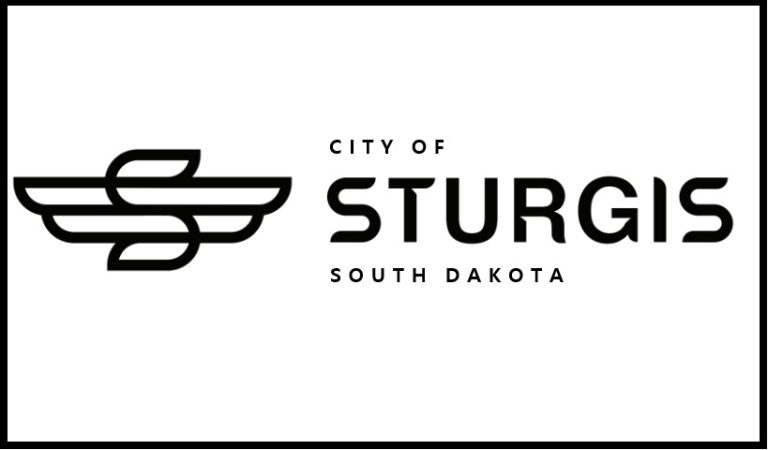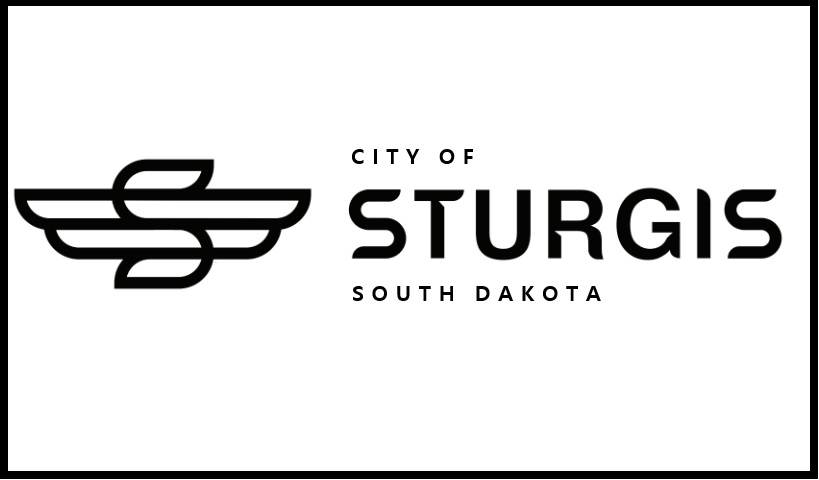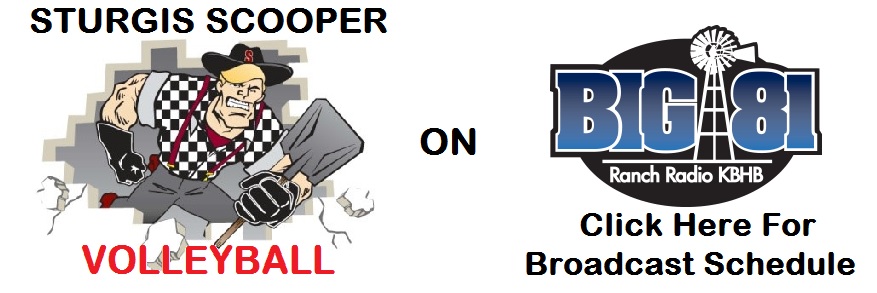PIEDMONT, S.D. – A sudden shortage of South Dakota butchers and meat cutters willing to process wild game has been bad news for hunters but good news for Josh Clark and the small butcher shop he manages in Piedmont.
On a recent November day, Clark walked through the work area of Cutting Edge Meat Market, one of the few butcher shops in the Rapid City area that still processes whole deer carcasses, and the three employees using knives to cut up venison never looked up from their work.
The workers were too busy to notice Clark ushering a guest through the cutting room and back to a pair of walk-in coolers where dozens of skinned deer killed by South Dakota hunters hung on large hooks.
The month of November – the heart of the deer hunting season in South Dakota – is always busy for butchers who process wild game, as hunters bring in tens of thousands of deer and antelope shot with rifles or bow and arrow. This year, the small butcher shop 10 miles west of Rapid City is swamped, with far more hunters than usual calling with inquiries or just showing up with deer on their vehicles.
“The last few days, it’s been crazy nonstop with call after call and people dragging them in,” Clark said. “We’re packed wall to wall, and we’re trying to get them cut and out the door as fast as they’re coming in, but there’s just so many coming in.”
South Dakota butchers exiting wild game market
Some butcher shops have closed or shifted focus, while others no longer take any wild game, and a few will only process wild meat that is already skinned and deboned by the customer. The difficulty in finding butchers to process wild game is part of a larger trend in which South Dakota livestock producers also are unable to find local processing options and must ship cattle, sheep and hogs out of state for slaughter, cutting and packaging, as recently reported by News Watch.
Butchers who still take full deer carcasses say other processors who no longer take wild game or require it to be deboned first may be facing worker shortages, have higher expenses that cut into profitability, or simply do not want the hassle of dealing with wild game processing that often occurs one customer with one animal at a time.
Whereas commercial livestock producers schedule delivery of animals to be slaughtered and butchered during normal work hours and with several animals at once, big game hunters usually arrive at butcher shops with one or two animals at whatever time of day they happen to make a kill.
“The way I see it, it’s just a dying industry,” Clark said. “A lot of other meat plants are sticking to custom cutting of buffalo and beef, and they don’t want to deal with the hassle and rat race of of handling wild game.”
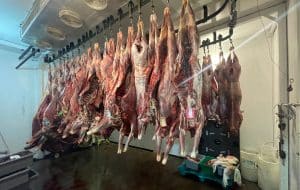
‘A lot harder for hunters’ to process deer
The drop in processors of wild game has made it difficult for hunters – who killed about 55,000 deer and 3,000 antelope in South Dakota in 2022 – to get their animals processed and packaged. One concern is that if hunters who lack the skills or equipment to skin, quarter and debone carcasses on their own can’t find a processor willing to take a whole carcass, the animals could be dumped in the garbage or left to rot in the field. Some hunters may choose to give up hunting if they know in advance they won’t be able to get a full animal carcass processed.
Paul Sorum, co-owner of Renner Corner Meats just north of Sioux Falls in Renner, said he has seen higher demand for wild game processing services this year compared to others — including from hunters in nearby Minnesota — and that some hunters are growing concerned at the declining options. Renner Corner Meats is one of the few butcher shops that still takes entire carcasses for processing in the East River region.
“When there are fewer and fewer meat processing plants like ours that are accepting full carcasses, it’s getting a lot harder for hunters to find a place to go with that deer,” Sorum said. “I think it would be a big problem for hunters if we ended up having to shut that part of the business down.”
Deer carcass processing can cost up to $175
The processing of a deer carcass typically costs from $100 to $175 and includes skinning, quartering, deboning and packaging of venison into convenient 1 to 3 pound packages. Deer and antelope are typically cut into roasts and steaks for grilling or panfrying and into ground meat for use in soups, stews, burgers or tacos.
Venison is a lean meat that is similar to beef but with a slightly earthier or gamier flavor. Hunters can also have venison made into jerky or sausage, brats and meat sticks that sometimes include pork, which typically costs extra.
Hunters who want to donate the meat from a deer or antelope to charitable food pantries across the state can work with South Dakota Sportsmen Against Hunger. Under the program, hunters with animals can contact one of roughly two dozen butchers in South Dakota and drop off an animal carcass or deboned meat for full processing. In most cases, the participating butcher shops assume the cost of processing female animals, while donating a buck typically results in the hunter paying the processing fee.
